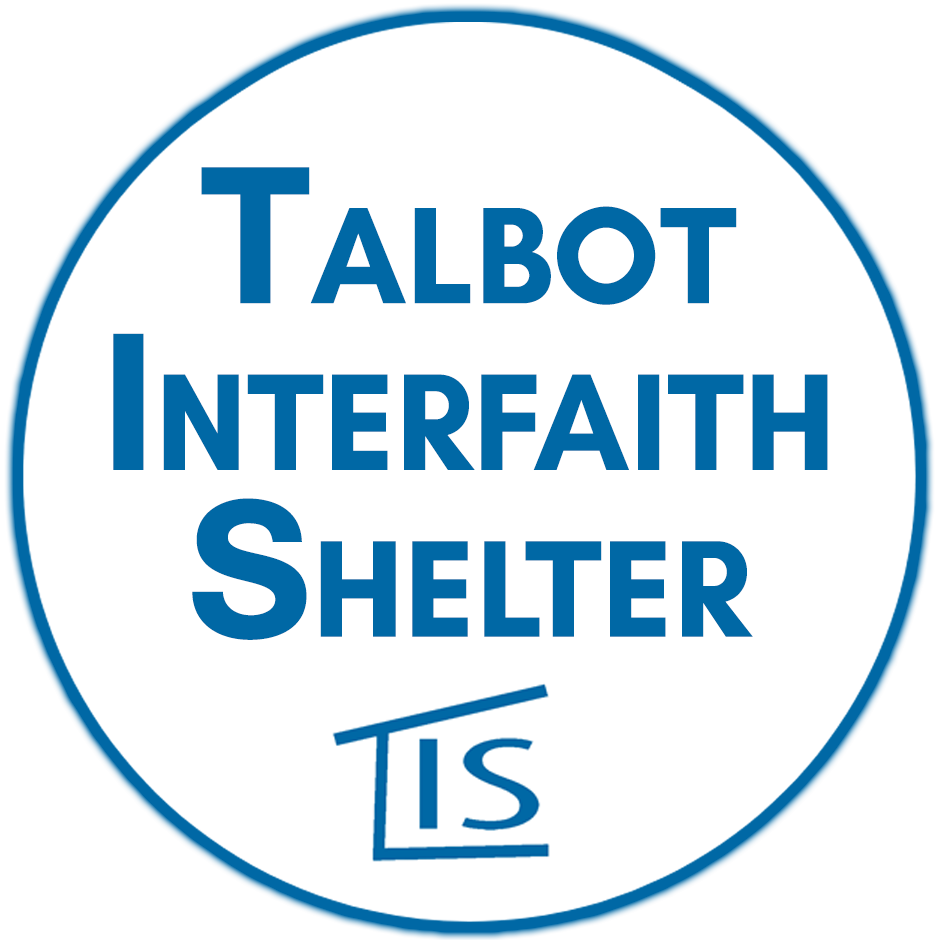Why can’t we see homelessness in our community?
When we have speaking engagements where we talk about poverty and homelessness in our community, the response is often one of shock and surprise. Many people have no idea that there is a significant portion of our population who are homeless or teetering on the edge of becoming homeless. We exist in such an affluent area, and we don’t see people sleeping on the streets or panhandling, so how could it be?
In rural areas, homelessless is largely a hidden problem. If you go to a big city with the population and resources all located in a concentrated area, the problem is quite evident. But in rural areas, where the population and resources are much more spread out, those facing homelessness are less likely to be living on the streets in the middle of town. Homeless situations in rural areas look more like:
- Living “doubled up” – multiple families living in the same residence
- Couch surfing –staying with friends or family temporarily and moving on to the next place
- Living in places that are unsuitable for habitation, such as barns or cars
- Camping in the woods
- Sleeping in the park

According to the National Alliance to End Homelessness, “Rural homelessness is most dramatic in areas that experience high economic growth, thus driving up housing costs, and in areas with high rates of unemployment because of declining industries, such as farming, timber, mining, or fishing.” This sounds like it could be describing our area.
The major causes of homelessness, poverty and lack of affordable housing, are universal in both urban and rural areas, but the face of homelessness in rural areas looks a bit different than in an urban setting.
Per the National Coalition for the Homeless, “Studies comparing urban and rural homeless populations have shown that homeless people in rural areas are more likely to be white, female, married, currently working, homeless for the first time, and homeless for a shorter period of time (Fisher, 2005). Other research indicates that families, single mothers, and children make up the largest group of people who are homeless in rural areas (Vissing, 1996).” From our experience at TIS, this is a fairly accurate representation of the homeless population on the Mid-Shore.
In rural areas, resources tend to be spread out or nonexistent, which makes it more difficult for people to get back on their feet. At Talbot Interfaith Shelter, we tackle this challenge by partnering, and acting as a liaison for our guests, with local service providers. Our Director of Operations Fran Doran works with our partner organizations to bring as many services as possible directly to our guests at our shelter facility (a former bed and breakfast named Easton’s Promise). For services that cannot come directly to the guests, Fran provides assistance and even transportation to service providers, often taking a full day to travel with a new guest to five or more service providers at once. The guidance that Fran provides not only relieves a lot of stress from an already stressful situation, but significantly shortens the length of time that it takes for our guests to receive the assistance they need to make strides toward reclaiming their independence.
To learn more about our program, and how, with the help of our entire community, we guide guests from homelessness to self-sufficiency, click HERE.
